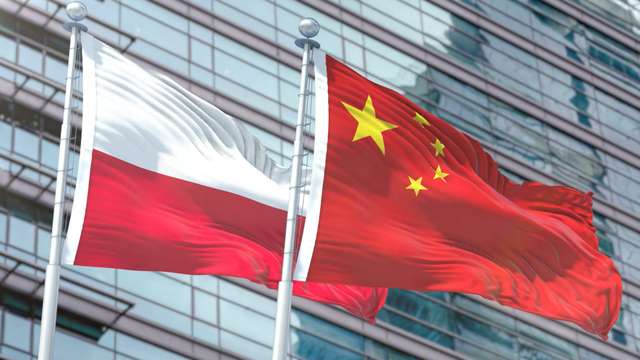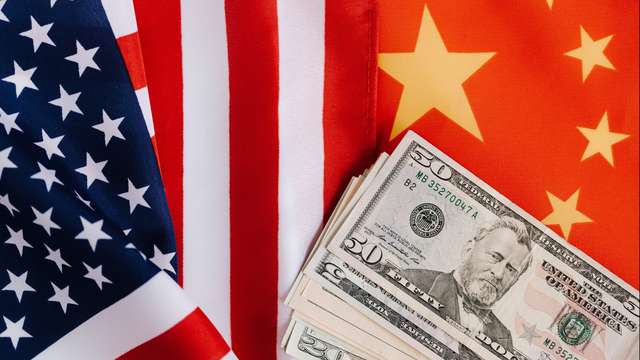
Automation Trader has been covering the topic of green energy and a green approach in industry very frequently in recent months. What can be done? Why is it so important? And finally, what are the benefits? All these topics have already been covered in our pages, but it is still not over.
Table of Contents
Industrial ecology is an extremely capacious collection that resembles a large interconnected system of vessels. Revolution 4.0, which we have written about in a separate text, is taking place before our eyes. One of its components is the focus on green solutions, particularly in the aspect of production.
But what is this 'green game' really all about? If we look at the subject from the perspective of production, it is mainly about such changes in the entire process, which are ultimately intended to bring tangible benefits to the environment, and for those who apply them to not only bring long-term financial benefits (return on investment), but also improve their perception by customers. This is of colossal importance, especially as customers are more likely to place their money with those entities that adhere to related philosophies. The green one, in turn, is particularly popular.
The most important sector
According to a survey conducted by Godwin University in 2020, as many as 70 per cent of Americans consider manufacturing to be the most important sector of the economy. In the case of the United States, this is not only an assumption, but also a reflection of the actual state of affairs. For it is here that the most money is invested and it is also here that people most often try to climb the career ladder.
Skoro więc innowacyjność oraz idącą z nią w parze świadomość ekologicznych rozwiązań coraz częściej znajdują się na sztandarach, to także gałąź przemysłu związana z produkcją nie mogła pozostać w tej kwestii z tyłu.
Green production is a whole philosophy that aims to make changes that reduce the consumption of natural resources, CO2 emissions, pollution and waste. After all, in order to 'take something out', you first have to 'put it in', and this is exactly the same for the production mechanism, which needs huge inputs. These in turn can be divided into raw materials and labour. In the former aspect, we are talking about really sizable values. As the European Union reported in its report, an average of 15.6 tonnes of raw materials for production are used per capita in the countries belonging to the Community. 12.5 tonnes are materials sourced from within the EU, and when it comes to their use within the Community, we are talking about a value of 14.6 tonnes.
Need and requirement
When you add it all up, the numbers are truly gigantic, and obtaining this amount of raw materials not only generates considerable costs, but also has a negative impact on the environment. No wonder, then, that making changes in this particular area has become not just a need, but a requirement. Special EU directives and widely promoted subsidy programmes make it easier for companies to adapt to the requirements of the new era. The media also have a role to play in this, and every year they reward those companies and businesses that invest the most heavily in green production.
The basis of green production is therefore to achieve a state in which less raw materials and energy can be used. This state of affairs is, incidentally, regulated by the relevant legislation, but in addition to 'top-down' pressure, entrepreneurs are increasingly turning to action on their own initiative. The reason? The simplest possible reason: saving money. Depending on the industry and energy consumption, these savings can be as high as several dozen percent. Cheaper production costs, in turn, mean more money left in the bank account. The correlation is therefore obvious.
Taking the aforementioned regulations in turn, the European Green Deal should be mentioned first and foremost, which sets targets as far as 2050. Its main points are:
- investment in environmentally friendly technologies
- supporting industrial innovation
- introducing cheaper and healthier forms of transport
- decarbonising the energy sector
- making production buildings more energy efficient
- working with international partners to improve global environmental standards.
European strategy
The European Union's strategy is to make the continent climate-neutral by mid-century. - Industry is one of the most energy-intensive sectors of the economy. Between 2013-18 alone, CO2 emissions from industrial installations in Europe decreased by only 0.3 per cent, said Mariusz Loboda of Eaton, a specialist in this field.
It should also be mentioned that, in addition to the already mentioned legal requirements and attention to customer preferences, business partners also play an important role in this whole jigsaw. Their expectations in this regard are growing year on year and their awareness of the stakes at stake is more complete. - We are seeing a strong trend of expectations from market participants, financing institutions, business partners, investors and also customers towards companies," said Piotr Rowiński, partner at PwC Polska.
So certain processes have already begun, but it could not be otherwise. The figures that are the best evidence of how industry affects the environment are frightening. One need only write that 21 per cent of greenhouse gas production is a matter for factories to know that there is a lot at stake. In contrast, according to a study by the aforementioned Godwin University, reducing gas emissions and carbon footprints by 24 per cent could save $10 billion annually. So if the argument of fighting to protect the place where we live home doesn't hit someone, perhaps the financial arguments will convince them. In both cases, we are shooting for the same goal.






